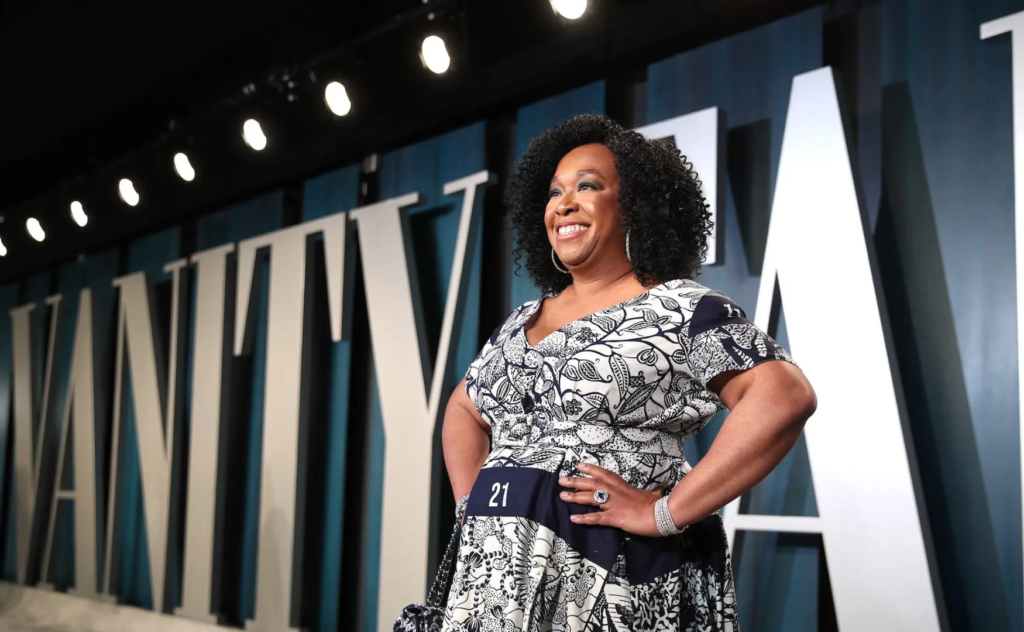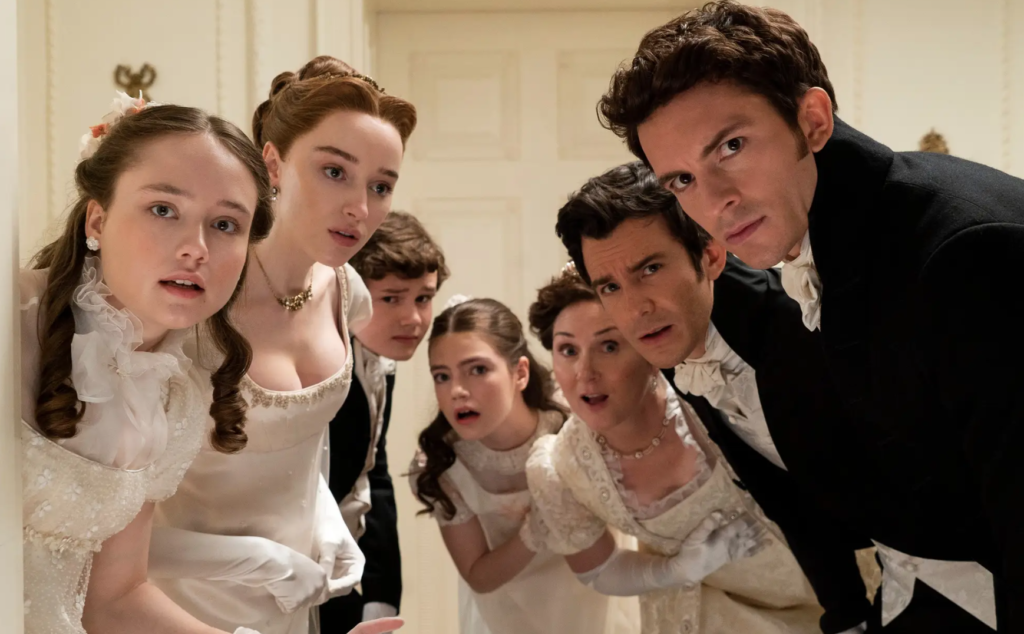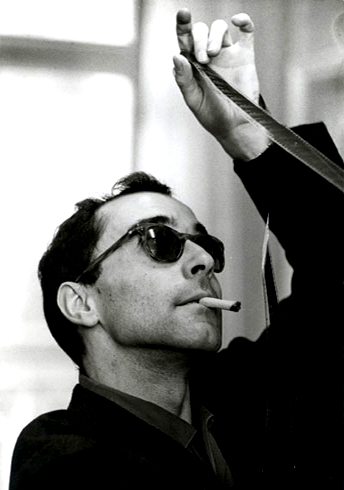
Over the years, scholars have debated on what it means to be an “auteur”. Auteur theory suggests that creators, whether of literary or cinema texts, have a signature or common trend in their work. Therefore, critics defined auteurism as a singular representation of a director’s vision. Debates arose because of auteurism being subjected to one person even though film texts are a collaborative effort, unlike most literary texts. The fault of this theory lies in the fact that those who do not make critically acclaimed shows and movies are not auteurs. Auteurism does not cover all media types nor all media industry positions. If anything it constricts those deemed auteurs from creating multiple unique texts. Andrew Sarris structures auteur theory into a three part test; technique, personal style, and interior meaning. However, by that logic anyone that works on similar texts can be considered an auteur yet many are not due to critics discretion. To Foucault, the author’s name has a classificatory function meaning that this author function is a principle by which in our culture limits, excludes and chooses.

Shonda Rhimes is a renowned showrunner and executive producer of the shows Bridgerton, How to Get Away with Murder, and Scandal. Because of her unique take on television she can be classified as an auteur. Rhimes began her career in 1998 when she directed and wrote the short film Blossoms and Veils. She later wrote the screenplay for the 2002 film Crossroads and the 2004 romcom Princess Diaries 2: Royal Engagement.
Her career took off after the debut of her ABC television hit Grey’s Anatomy, and it was up from there. In her 15 year long career with ABC, she produced, directed, and wrote hits such as How to Get Away with Murder (HtGAwM) and Scandal. These shows were so popular amongst viewers that she got her own television block called TGIT (Thank God It’s Thursday) which would stream new episodes of HtGAwM, Scandal, and Grey’s Anatomy. Her most recent project, Bridgerton, is now on Netflix. These projects work together in making her authorship more apparent.Rhimes’ auteurism can be explained in how her personality and presence is a direct reflection on her characters. Shonda Rhimes is known for her shows having a diverse cast and powerful female leads. After viewing the pilot episodes for Bridgerton, How to Get Away with Murder, and Scandal, they all have similarities in there edits and aesthetic style, more similarly between How to Get Away with Murder, and Scandal. All the shows have seamless transitions and dramatic dialogue. Because of the serialized style, all the shows ended with a very dramatic cliffhanger that left the audience wondering what will happen next. By giving so much information at the end of the episode, the audience has no choice but to continue to the next one. Furthermore in a TED talk, Shoda Rhimes explains that she is a titan and not the world’s perception of a writer.

She is always working and not dreaming and imagining what story she is gonna do next. It’s just work. Her tone and presence during this TED talk is parallel to those of her lead characters in How to Get Away with Murder and Scandal. Shanda Rhimes said that it is “all job, all work, all reality, all blood, all sweat, and no tears” which is interesting because in the pilot episode of Scandal, Olivia Pope’s mantra is “no crying”. In Rhimes’s personal life she has spoken out against racial injustice and discrimination. We see this take place in all three shows. Throughout all of the shows, Rhimes has casted women of color in powerful roles on her shows as a way of diminishing stereotypes.
The theory falls short for Rhimes because most of the shows that have her “signature” are all aired on the same network. It is possible to argue that these shows originate because of corporate auteurism. Corporate auteurism is a framework accounting for the powerful influence of studios on their products. How to get away with murder, Scandal, and many of her other popular shows are aired on ABC, while her most recent show Briggerton, is shown on Netflix. Networks such as ABC could have a powerful influence on the shows Rhimes makes which leads to multiple variations of essentially the same theme. Other shows like The Catch and For the People are aired on ABC which have the same aesthetics structure as How to Get Away with Murder and Scandal. It can be concluded that the shows that she produced catered more to ABC’s brand versus her own. Chris explains that, “Bazin recognizes the author as situated within powerful and complex conditions of production..this groundwork foreshadows later scholarly approaches to authorship”.

Bridgerton on Netflix is vaguely different from what we have seen from her in the past. Bridgerton has brighter colors and upbeat music, while Scandal and How to Get Away with Murder have fast paced cutting and low lighting. Critics expect Shonda Rhimes to have a diverse cast and strong female lead because she is a black woman.
However she goes against those allegations by saying in another TED talk, how her diverse cast was not intentional in regards to making sure that each actor had a different racial and ethnic background but more so that the characters she envisioned were who she casted. Bridgerton is her first tv show apart from ABC, which could explain the difference from her previous shows.
In conclusion, audiences and critics worshipped directors for their creative genius, and it is the same for showrunners who dominate television. Rhimes is vocal about who is telling the stories and how it is told. The auteur is not just one creative genius, but all involved in the production process. Rhimes says in an article from Entertainment Tonight that, “it’s who is telling the stories,” Rhimes explained, “because the people telling the stories are the people deciding who you see onscreen, they’re the people who are deciding who are in the writers rooms, they’re the people deciding on the crew.”
Cynthia, Chris. “Authorship and Auteurism.” In The Craft of Criticism: Critical Media Studies in Practice, edited by Mary Celeste Kearney, 124-136. New York: Taylor & Francis, 2018.
TEDtalks. “The Future of Storytelling | Shonda Rhimes and Cyndi Stivers.” YouTube. YouTube, November 20, 2017. https://www.youtube.com/watch?v=DJGreSgaOTc.
TEDtalks. “My Year of Saying Yes to Everything | Shonda Rhimes.” YouTube. YouTube, March 9, 2016. https://www.youtube.com/watch?v=gmj-azFbpkA.
Tikkanen, A.. “Shonda Rhimes.” Encyclopedia Britannica, January 9, 2021. https://www.britannica.com/biography/Shonda-Rhimes.

No responses yet